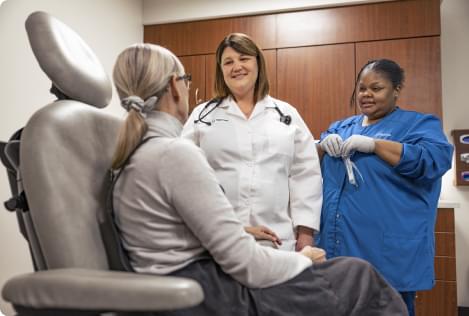Overview
Walking on the toes or the balls of the feet, also known as toe walking, is fairly common in children who are just beginning to walk. Most children outgrow it.
Kids who continue toe walking beyond the toddler years often do so out of habit. As long as your child is growing and developing normally, toe walking is unlikely to be a cause for concern.
Toe walking sometimes can result from certain conditions, including cerebral palsy, muscular dystrophy and autism spectrum disorder.
Symptoms
Toe walking is walking on the toes or the ball of the foot.
When to see a doctor
If your child is still toe walking after age 2, talk to your doctor about it. Make an appointment sooner if your child also has tight leg muscles, stiffness in the Achilles tendon or a lack of muscle coordination.
Causes
Typically, toe walking is a habit that develops when a child learns to walk. In a few cases, toe walking is caused by an underlying condition, such as:
- A short Achilles tendon. This tendon links the lower leg muscles to the back of the heel bone. If it's too short, it can prevent the heel from touching the ground.
- Cerebral palsy. Toe walking can be caused by a disorder of movement, muscle tone or posture caused by injury or abnormal development in the parts of the immature brain that control muscle function.
- Muscular dystrophy. Toe walking sometimes occurs in this genetic disease in which muscle fibers are unusually prone to damage and weaken over time. This diagnosis might be more likely if your child initially walked normally before starting to toe walk.
- Autism. Toe walking has been linked to autism spectrum disorders, which affect a child's ability to communicate and interact with others.
Risk factors
Toe walking out of habit, also known as idiopathic toe walking, sometimes runs in families.
Complications
Persistent toe walking can increase a child's risk of falling. It can also result in a social stigma.
Diagnosis
Toe walking can be observed during a physical exam. In some cases, the doctor may do a gait analysis or an exam known as electromyography (EMG).
During an EMG, a thin needle with an electrode is inserted into a muscle in the leg. The electrode measures the electrical activity in the affected nerve or muscle.
If the doctor suspects a condition such as cerebral palsy or autism, he or she may recommend a neurological exam or testing for developmental delays.
Treatment
If your child is toe walking out of habit, treatment isn't needed. He or she is likely to outgrow the habit. Your doctor might simply monitor your child's gait during office visits.
If a physical problem is contributing to toe walking, treatment options might include:
- Physical therapy. Gentle stretching of the leg and foot muscles might improve your child's gait.
- Leg braces or splints. Sometimes these help promote a normal gait.
- Serial casting. If physical therapy or leg braces aren't helpful, your doctor might suggest trying a series of below-the-knee casts to progressively improve the ability to bring the toes toward the shin.
- OnabotulinumtoxinA. Injections into the calf muscles are sometimes used to help promote a normal gait.
- Surgery. If conservative treatments fail, the doctor might recommend surgery to lengthen the muscles or tendons at the back of the lower leg.
If the toe walking is associated with cerebral palsy, autism or other problems, treatment focuses on the underlying condition.
Preparing for your appointment
You'll probably first bring your concerns to the attention of your primary care provider — family doctor, nurse practitioner, physician assistant or pediatrician. He or she might refer you to a doctor specializing in nerve function (neurologist) or orthopedic surgery.
What you can do
Before your appointment, you might want to write a list of questions for the doctor, including:
- What could be causing toe walking in my child?
- What tests are needed, if any?
- What treatments do you recommend?
What to expect from your doctor
Your doctor is likely to ask some of the following questions:
- Does your child have other medical problems?
- Do you have a family history of muscular dystrophy or autism?
- Was your child born prematurely?
- Were there complications with the child's birth or during the hospital nursery stay?
- Did your child first walk flat-footed, then start toe walking?
- Can your child walk on his or her heels if you ask?
- Does your child avoid eye contact or exhibit repetitive behaviors such as rocking or spinning?
© 1998-2024 Mayo Foundation for Medical Education and Research (MFMER). All rights reserved. Terms of Use


